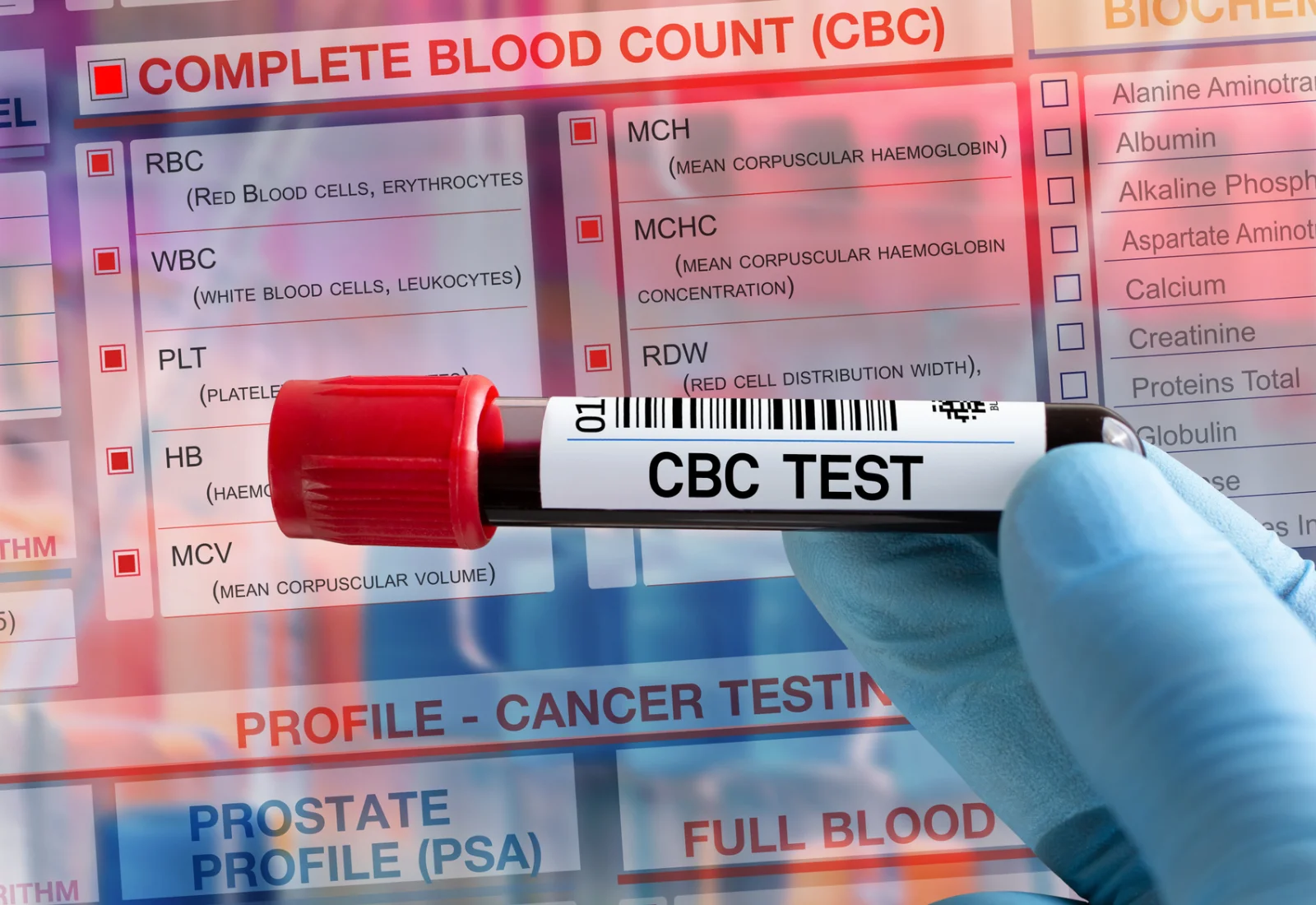Quick Links
For Patients
For Physicians
- Refer a patient to a specialist
- Order labs for patients
- Order radiology for patients
- Order At-Home Services
- Get your practice listed
For Companies

© Copyright 2024 American TelePhysicians. All rights reserved.




Anaphylaxis is a life-threatening reaction to an allergen or trigger factor. It can occur within a few seconds or minutes after exposure to something you are allergic to. It is characterized by the release of chemicals and fluids in your body as directed by your immune system. These fluids can accumulate and cause severe symptoms such as narrow airway, shortness of breath, low blood pressure, and weak pulse. Anaphylaxis needs to be treated as a medical emergency. Delay of treatment can prove fatal in most cases.